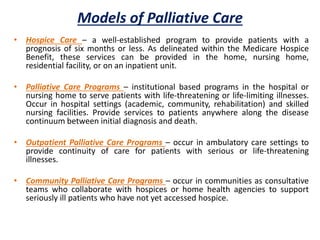what are the three levels of palliative care
Palliative care is an interprofessional specialty as well as an approach to care by all clinicians caring for patients with serious and complex illness. 5 stages of palliative care.

Top Ten Things About Palliative Care Poster By H34rthc4r3 Palliative Care Palliative Care Quotes Nursing Mnemonics
Provided in any location using a palliative care approach by health care professionals who have additional knowledge of palliative care principles and use this as part of their role.

. Five Principles of Palliative Care. Health care workers who have received some further training and experience in palliative care practice this intermediate level of palliative care. An international benchmarking study Hamilton Inbadas1 José Miguel Carrasco12 Michelle Gillies3 David Clark1 To cite.
Principles of palliative care. Chronic obstructive pulmonary disease Neurological diseases eg. This will reflect the many developments in end-of life care.
A palliative approach to care should be considered if the following are present. Developing a three-level set of values adapted to the specific ethical problems in a concrete care setting is a first step towards a better handling of ethical problems. Care level Advice given by Services given by.
SPC services are those services whose core activity is limited to the. In other words patients dont have to choose between treatment for their illness and palliative care. Specialist Palliative Care Level 3.
At an intermediate level a proportion of patients and families will benefit from the expertise of health care professionals who although not engaged full time in palliative care have had some additional training and experience in palliative care. Advice is provided by specialist palliative care services but care is still given by health care professionals. They assist in the care of patients who require more intricate and time-consuming care.
The three-level set of values is a way to handle risks of formulating abstract values not providing guidance in concrete care voiced in other studies. For people who only require services from their primary health care professionals. General Palliative Care Level 2.
Provided in any location or setting by all health care professionals as part of their role and using a palliative care approach. It is ideally provided early and throughout the illness together with life-prolonging or curative treatments. Palliative care is an approach that improves the quality of life of patients adults and children and their families who are facing problems associated with life-threatening illness.
InbadasH et al Supportive Palliative Care 201888792 101120100101 87 The level of provision of specialist palliative care services in Scotland. Unlike hospice palliative care is based not on prognosis but on need and is an essential component of comprehensive care for critically ill patients from the time of ICU admission. Palliative care is available to all patients with serious illness regardless of age prognosis disease stage or treatment choice.
NHPCO Facts Figures 2014. Transition between palliative care units consultative services and domiciliary care. SPC services are those whose primary function is to provide palliative care.
Hospice offers four levels of care as defined by Medicare to meet the varying needs of patients and their families. A holistic approach incorporating the whole spectrum of care medical nursing psychological social cultural and spiritual is good medical practice whatever the patients illness wherever the patient is under care whatever hisher social status creed. It should be flexible to provide the right care as your illness evolves.
To begin palliative care a persons health care provider may refer him or her to a palliative care specialist. When assigned the first 3 phases stable unstable deteriorating reflect the effectiveness of the plan of care and the urgency of response to patient and family care needs. A Rural Model of Palliative Care to address the specific needs of rural and remote communities is currently being developed and will under go further consultation.
A theme of Expanding the reach of palliative care for today and the future was identified with three subthemes. Still theres some confusion about what palliative care is what it involves who should get it and why. This is where the initial plan is created.
The following Five Principles of Palliative Care describe what care can and should be like for everyone facing the end of life. Healthcare professionals you and your family are often involved in making this plan. Palliative care respects the goals.
National Hospice and Palliative Care Organization. BMJ Supportive Palliative Care. Shared caring decided between the community health care team and the palliative team.
Inbadas H Carrasco JM Gillies M et al. A persons team may vary based on their needs and level of care. Alzheimers disease and other forms of dementia.
There are 4 palliative care phases included in PCOC Box PCOC2. The principles of palliative care might simply be regarded as those of good clinical practice. Palliative careis provided in hospitals delivered by the Specialist Palliative Careteam and often in conjunction with other therapies and treatments through in-patient and out-patient services.
What are the three levels of palliative care. Level two General Palliative Care. The four levels of hospice include routine home care continuous home care general inpatient care and respite care.
Heart failure Respiratory diseases eg. Level three Specialist Palliative Care. Health care professionals Health care professionals 2.
The team is comprised of palliative care specialist doctors and nurses and includes others such as social workers nutritionists and chaplains. For patients whose hospice care is covered by a pay source other than Medicare there may be limitations or specifications for the different levels of care. But all together they give a new and more complete way to look at end-of-life care.
Palliative care is a growing field of medicine. Some of these ideas may seem simple or just common sense. Reports for New Adult Palliative Care Policy.
The terminal phase is assigned when the patient is likely to die within days. Supporting community based services and rural care would be an additional function. In the community in hospices often called Specialist In-patient Units which also provide Day Careoutpatient and in.
The 2020 Programme for Government commits to publishing a new Palliative Care Policy for Adults to update the existing policy from 2001. If the resident has one or more life-limiting illnesses eg. It prevents and relieves suffering through the early identification correct assessment and treatment of pain and other problems whether physical psychosocial.
Understanding these may help you decide when might be the right time to start the process for you. There are five stages of palliative care. 1 Redefining attitudes and hardship due to collective uncertainty 2 Breaking with the past towards integrated concept of palliative care and 3 Building capacity through primary palliative care training.

Figure Domains Of Palliative Care Adapted From Clarke 2003 Note Download Scientific Diagram

1 Three Levels Of Ascending Specialisation Of Palliative Care Download Table

Figure Domains Of Palliative Care Adapted From Clarke 2003 Note Download Scientific Diagram

Hospice Conferences Hospice Meetings Congress

Nursing Attributes In Palliative Care Download Table

Pin On Nursing Palliative Care
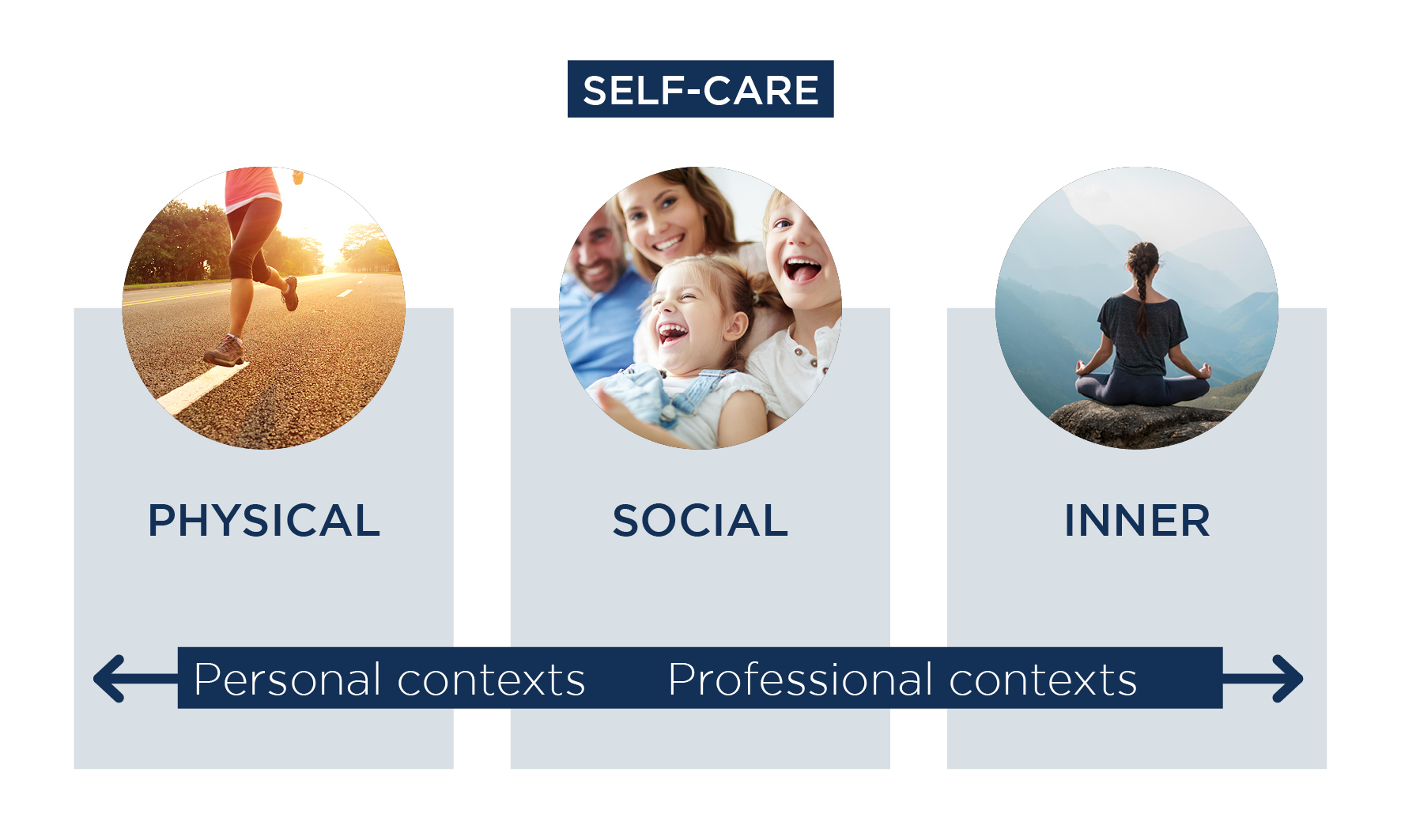
Practising Self Care Palliative Care Australia
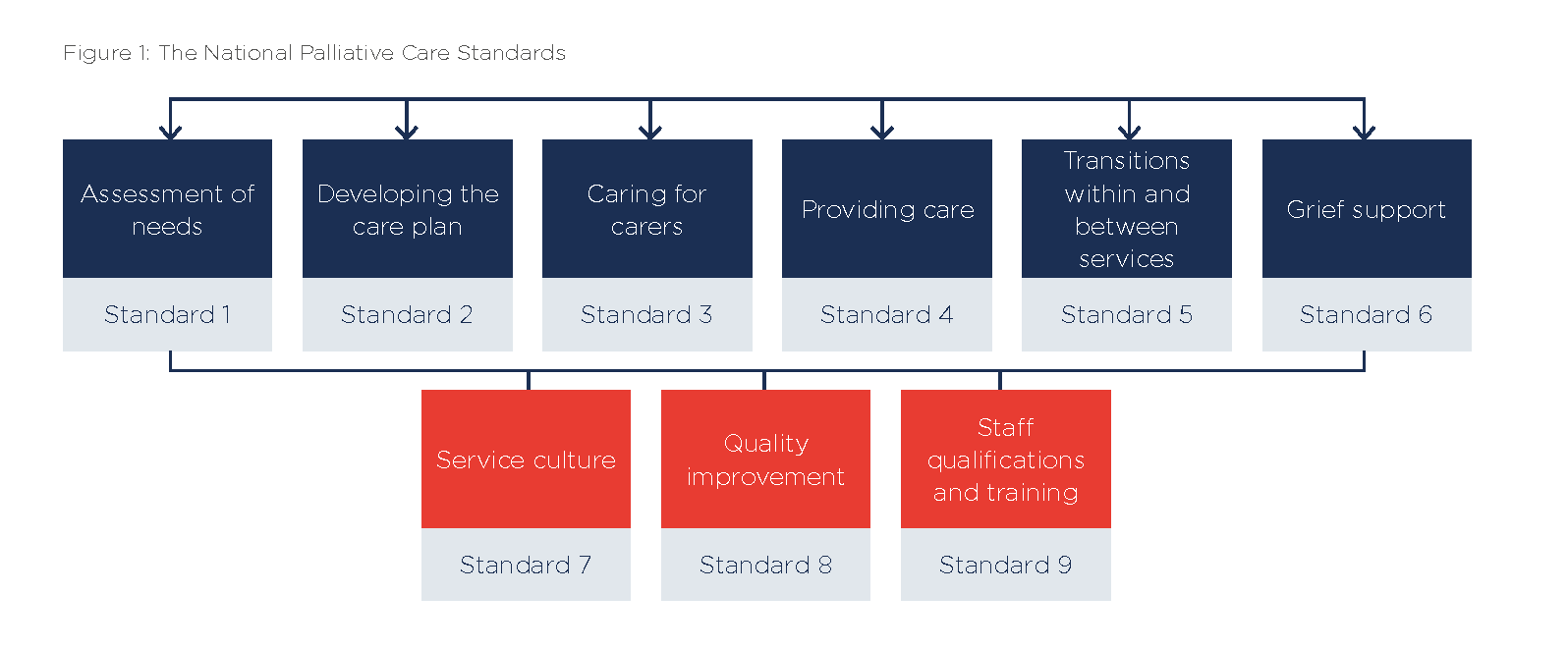
National Palliative Care Standards Palliative Care Australia

Components Of Palliative Care Guidelines Download Table

Levels Of Palliative Care 11 Download Scientific Diagram
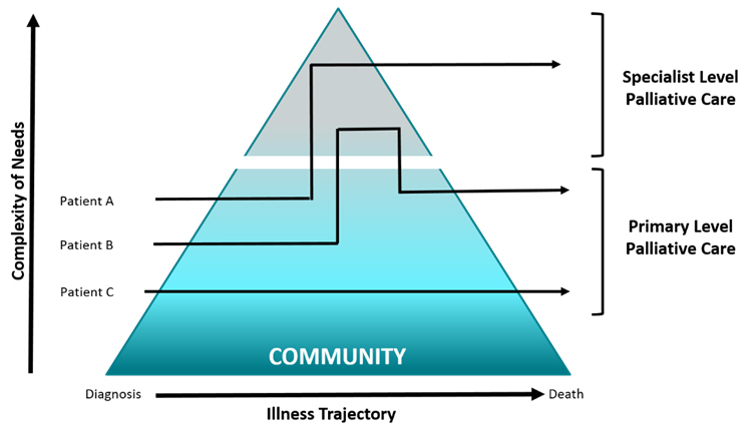
Who Provides Palliative Care And Where Ontario Palliative Care Network
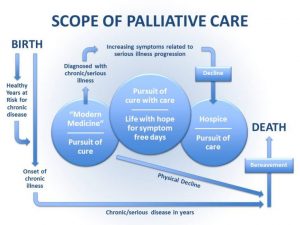
Palliative Care Necessity Challenges And Actions To Be Taken Public Health Notes
Supporting Clients Palliative And End Of Life Care Homeless Palliative Care Toolkit





